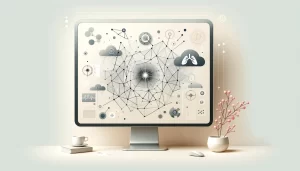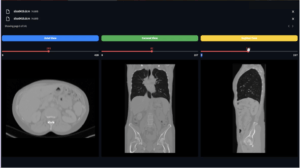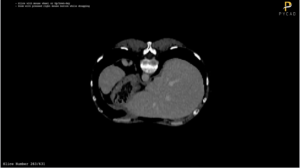Give Yourself a Fresh Start by Building New Habits
What is a Habit?
Habits are a really important part of our lives. They can be good or bad, but they are a part of who we are and what we do. We all have habits — some of them we would like to change and some we would like to keep.
The brain is the key when changing our habits. Our brains set up habits because it is efficient for us and saves us time when these tasks become automatic. It’s the same with bad habits — they’re automatic and easy for us to do, so we just come back to them without thinking about it too much. It’s not always easy to break a bad habit, but with certain techniques it can be done in just 21 days!

The Mental Benefits of Developing New Habits
Good habits are a key to a productive and healthy life. They can help to reduce stress, improve health, and even increase happiness. But the bad news is that not everyone has good habits. So how do we go about developing new habits?
The first step is figuring out what your goals are for your new habit. It’s important to be specific about this because this will drive everything else that you do when you get started on your journey towards forming a new habit.
After figuring out what the goal of your new habit is, you should set yourself up with small achievable milestones. This will give you more motivation in the long term by showing progress towards the end goal.
The Four Steps to Getting Rid of Bad Habits & Developing Good Ones
The four steps to developing good habits and getting rid of bad ones come down to:
1. Status: writing down what you’re going to do and why you’re going to do it.
2. Assertiveness: committing yourself fully, taking control of your life, not letting others control you.
3. External Control: setting up the environment for success by removing distractions, noting what triggers the bad habit, and rewarding yourself when you do well.
4. Conscious Control: this last step is about understanding your emotions and having more control over them so they don’t trigger bad habits anymore.
Explanation on How to Start a New Habit
In order to start a new habit, you need to identify a cue that triggers the habit. It could be a time of day, a place, an activity or an emotion. The important thing is that it should be something that is going to happen regularly in your life.
Next you need to create a routine for the new habit, which is something you need to do every time you see the cue. This might include specific actions like taking a certain route to work or reading before bedtime. There should also be an end point — when the routine becomes ingrained into your everyday life and no longer needs prompting from the cue.
How to Stay Motivated and Stay on Track with Your New Habit
- Keep it simple.
- Make a schedule for yourself.
- Do it on the right day at the right time.
- Be consistent with your new habit.
To stay motivated and stay on track with your new habit, first, you have to make a schedule for yourself. You can include all different tasks you want to do in one day by assigning them to different days according to their difficulty level or importance. Secondly, you need to know when are the best times of the day for you so that you can invest more of your energy on some tasks than on other tasks during those periods of time when there is a natural dip in your energy levels. Finally, be consistent with your new habit and don’t let any obstacles stop you from keeping up with it!
Common Habits that Can Cause Trouble in Your Life
Bad habits are not just a concern for children. In fact, adults often have habits that are much more dangerous and much harder to break. This section will discuss some of these habits and offer suggestions for how to break them.
Some of the most common bad habits that adults have are smoking, drinking too much alcohol, overeating, gambling excessively, living a sedentary lifestyle and being stressed out. The best way to break these bad habits is to find a way to treat the underlying cause of the problem. For instance, if you have been overeating because you do not have access to healthy food options in your home or work environment then it is important for you to take steps so that you can get access to healthier foods.
Cigarettes are bad for your health and can lead to lung cancer, heart disease, and stroke. If you smoke cigarettes because it provides stress relief then it might be helpful to find other ways to cope with stress such as exercising, talking to a friend, or finding another hobby.
How to Break Bad Habits
Breaking bad habits can be tough. You might find yourself doing the same thing over and over again, without realizing how it is keeping you from achieving your goals. But this doesn’t mean it is impossible to break bad habits.
Below are some tips on how to break bad habits:
- Understand why you do what you do: It might seem like a no-brainer, but understanding the “why” behind your habit will help you figure out how it affects your life and why it might be holding you back.
- Make small changes: Trying to change everything at once doesn’t usually work well for most people, so start by making small tweaks to see if that makes a difference in your behavior or not.
- The old saying goes, “don’t fix what ain’t broken.” It’s a perfect sentiment for an age where we’re all trying to change every little thing about ourselves. But the truth is: if you’re not happy with something it can be hard to know what needs to change and how.
Let’s Change One Bad Habit at a Time
The power of a habit is evidenced by the fact that it can take up to three months to break one. This has been studied extensively and it has been found that habits are formed in a sequence of phases, which include:
- Becoming aware of the urge to do the behavior.
- Acting on the urge without thinking about what you are doing.
- Replacing an existing habit or adding another one.



